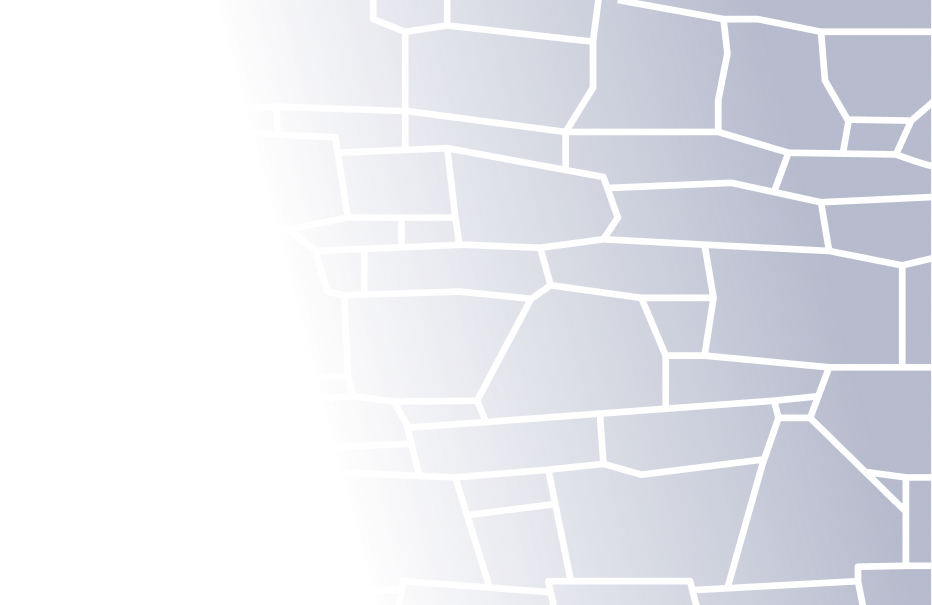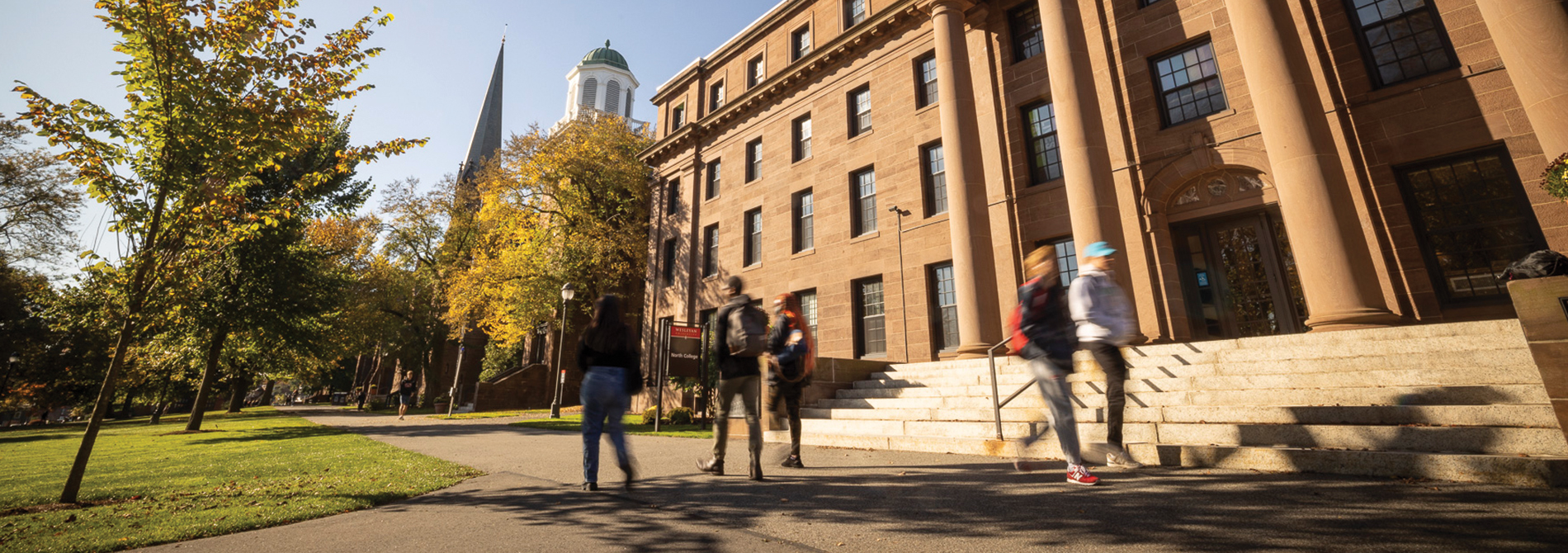Academics
With its distinctive approach to academics and deep commitment to community-engaged learning, Wesleyan empowers students to shape their academic journey while engaging meaningfully with a vibrant community.
Wesleyan empowers students to explore a broad range of disciplines and shape a course of study aligned with their passions and interests. Our students are encouraged to take chances, grapple with big questions, and gain early experience in bringing their education out of the classroom and into the world.
Take Control of Your Education
A Wesleyan education is about active learning, where you are encouraged to ask questions, challenge your understanding, and get involved in research. Through rigorous coursework and hands-on experiences, Wesleyan prepares students to think critically, act creatively, and make meaningful contributions in a world that's constantly changing.
Undergraduate Academics
In exploring a broad range of disciplines, Wesleyan students develop intellectual curiosity, critical thinking, and the skills to address complex, real-world challenges.
Graduate Academics
Wesleyan graduate programs offer advanced study with the flexibility to pursue specialized research and collaborate with expert faculty.
Continuing Studies
Wesleyan supports lifelong learning beyond traditional degree pathways. Our continuing studies programs include undergraduate and graduate-level courses, such as the Master of Arts in Liberal Studies and Master of Philosophy in Liberal Arts, designed to expand your knowledge and fuel your curiosity.
Education That Benefits Community
Community service is part of Wesleyan’s DNA. By pairing education with involvement in the larger community, Wesleyan students connect what they learn with ways to benefit the world around them.
Whether it’s been through academic peer advisors or faculty advisors, I’ve been encouraged to take classes outside of my major and comfort zone. Geology / Earth Science was not something I was planning on studying in college, but I am so glad that I am! ”























